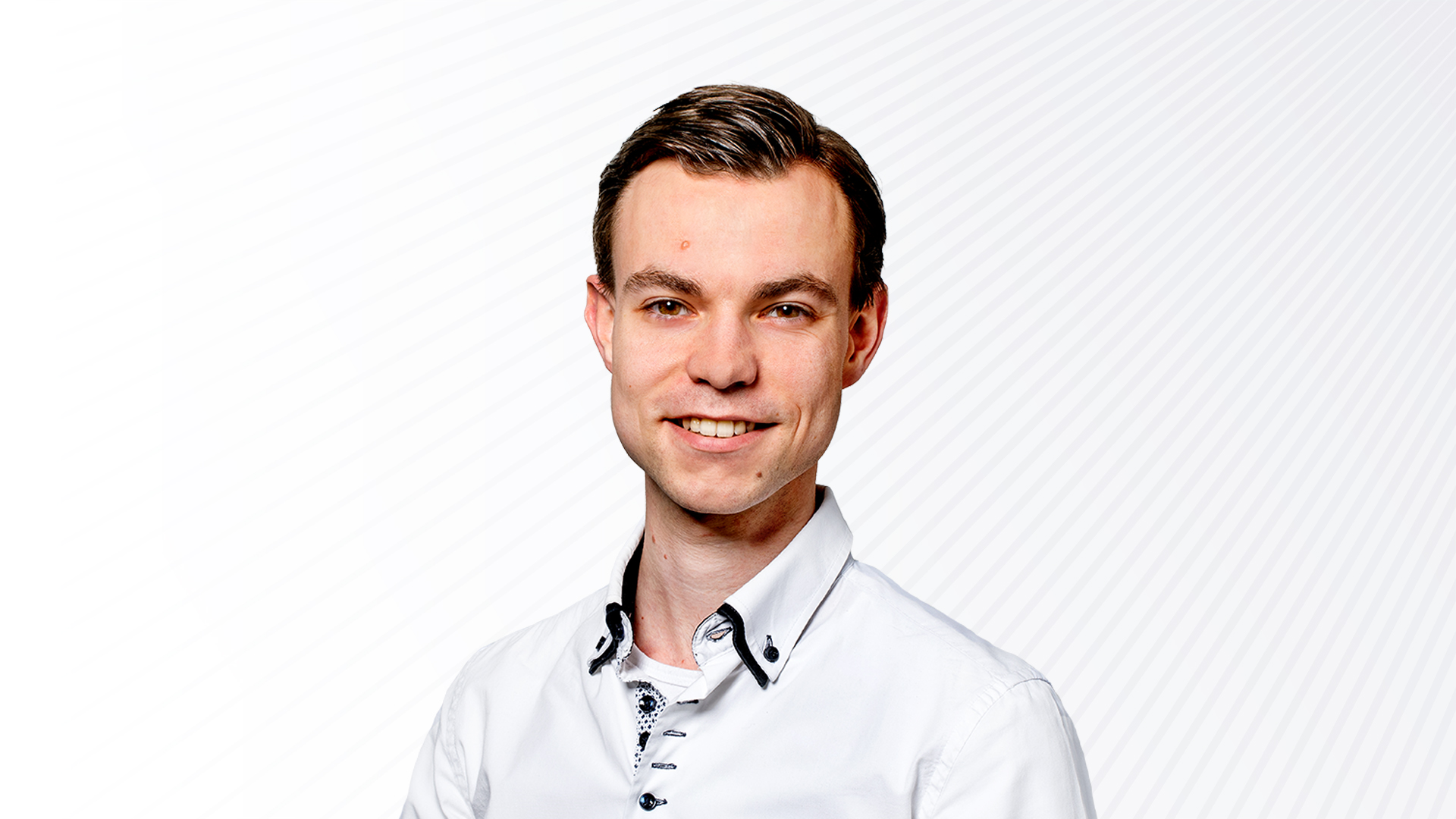How did you end up at Databalance?
Through my Network Administration course, I started an internship at Databalance in 2017 based on the advice of my lecturer (also a former Databalance intern). I then started in the Network & Windows team and started working on the then Cisco firewalls and automating our Windows installations. Once I had successfully completed and passed my internship, I continued with the HBO Cyber Security & Cloud Engineering followed by the Master Security & Network Engineering. I then continued working part-time at Databalance and also successfully completed these courses. I then joined Databalance on a permanent basis as a Security & Network Engineer.
What knowledge do you add to the team?
As a Security & Network Engineer, my responsibilities include the availability of our network and its security. This means that I manage the firewalls and the network so that our customers can count on the highest standard in terms of security and availability. Furthermore, during my master’s I did research for Deloitte on Zero Trust network access and for AMS-IX on Internet nodes in a future Internet architecture. I use this knowledge within our organisations, data centres and customer environments to make the network even more secure and reliable.
What are the most important developments in your area of expertise?
In the network field, there have been many software developments in recent years. More and more (basic) network functions, as well as more advanced functions such as SD-WAN and SASE, have been virtualised (network function virtualisation). For data centres and telecom networks (think 5G and the future 6G), this has been essential. At the same time, the amount of data held by organisations has also grown and with it the desire for faster networks and processing. In the hardware area, there are also continuous developments, such as recently 800Gbit/s, to keep up with the demand for data, due to recent developments in AI. For end users and offices, at the same time, there have been nice hardware developments enabling more wireless speed and stability through Wi-Fi 6E and Wi-Fi 7.
The above may seem far away but is closer than thought. Where previously specialistic knowledge was needed to connect multiple sites redundantly, SD-WAN makes this increasingly easy and reliable. Working from home or remotely has also become increasingly common. Remote access developments (Zero Trust, SASE) combined with better wireless techniques (5G/6G, Wi-Fi 6E/7) make this increasingly secure and stable.
What is your passion and for what can we wake you up?
My passion lies with (technical) challenges. When I was in the final phase of my mbo studies, I got the chance to enter a big international competition run by Cisco. Even though most of the schools participating were colleges and universities from abroad, I decided to take up the challenge. The result? I turned out to be better than I thought and came 2nd from Europe and the Baltics, with an unforgettable trip to Cisco headquarters in Silicon Valley as the prize. I enjoy challenging myself to do things better or do new things. It keeps me on my toes and makes every day different.
Which project are you most proud of?
As a true technician, I am most proud of the conversion of our data centre firewalls to next-gen firewalls. I had the opportunity to go through this process from supplier and product selection to implementation and (in recent years) management. I am also secretly very proud of the migration of Databalance and SJ-Solutions to our new joint ticketing system.



